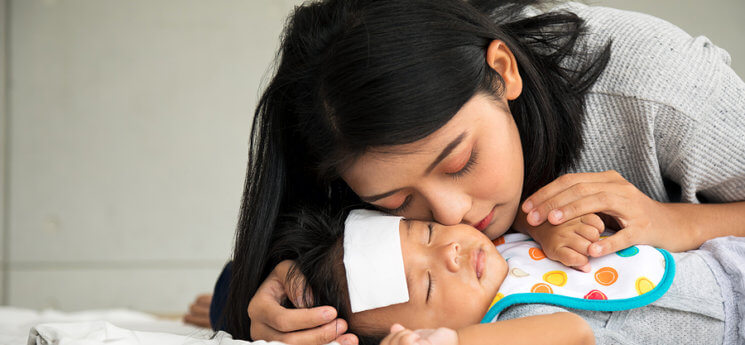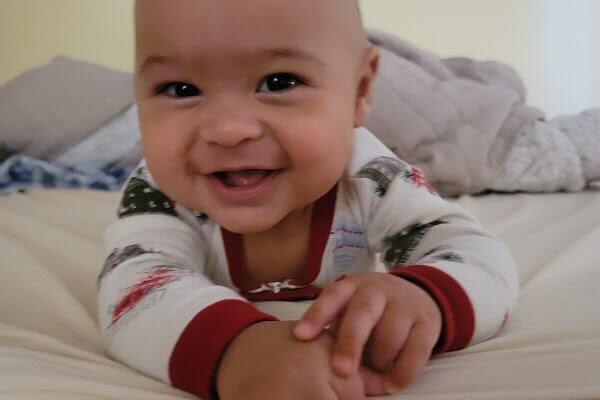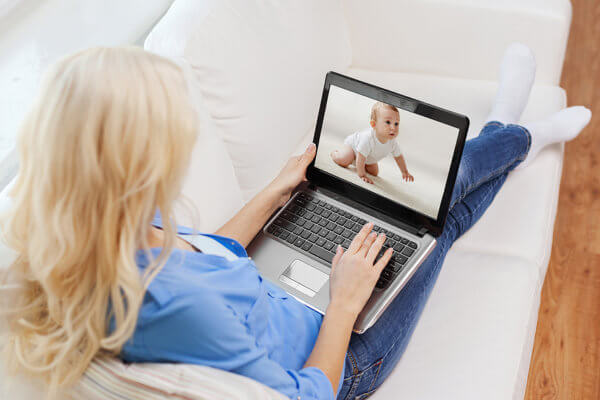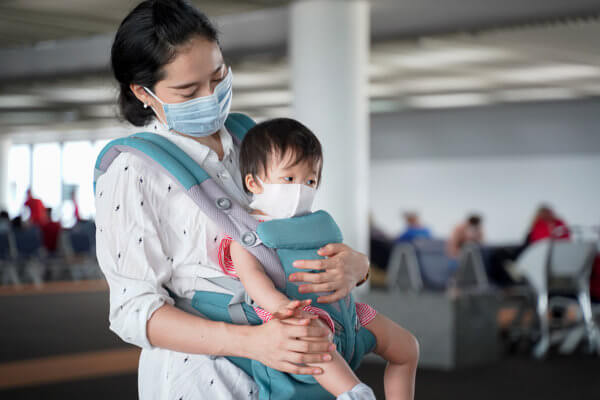Winter is fast arriving, and with the change of weather, the common cold blows in. A cold is a viral infection and cannot be cured with prescription medicine. Cold symptoms include clear runny nose often with progressively thickening nose mucus, mild fussiness, and pokey eating. What’s more, cold care for infants is different than soothing the symptoms of older babies and toddlers.
Is your infant exhibiting cold symptoms?
The first and most important tip is to have him checked by your doctor. If your baby is diagnosed with a cold, here are some guidelines on cold care for infants to help you treat his symptoms and prevent recurrences.
Encourage hand washing. It’s the number one thing to remember for cold care for infants, children, and adults, since it prevents the spread of viruses. If a family member who lives in the house has a cold, ensure they wash their hands well and don’t kiss the baby on the face.
Breastfeed. Breastfeeding nourishes your baby and provides antibodies to help build the immune system. If you have a cold and are not prescribed any medicines that may harm the baby while breastfeeding, continue breastfeeding through your illness. Your natural immunity will help your baby heal faster.
Stay out of public places the first two months of life. Newborn babies have fragile immune systems, and are particularly vulnerable to illness. Take your sweetie out for fresh air, but don’t expose him to crowds in the first couple of months. Keep your baby away from sick children and adults.
Use saline nose drops. If your baby has a cold, with your doctor’s consent you may use saline nose drops. These drops will help loosen the congestion in the nose. Put two drops in each nasal passage and use every 4 hours as needed for congestion.
Elevate the head of the bed. A baby with congestion lying flat on a mattress is usually not very comfortable. The goal for your baby’s head elevation is 30 to 45 degrees. This is just about the angle of the car seat. If your baby is in a bassinet or co-sleeper, you may use the adjustable incline. A book also works under a flat baby mattress to elevate the head of the bed. Ensure your baby’s head is resting comfortably and not slumped forward.
Suction your baby’s nose. A bulb suction syringe to suction any mucus from your baby’s nose is a helpful asset to own. They are available at most major outlets and pharmacies, and many hospitals send one home with new parents. Only suction the mucus in the parts of the nose you can see. Do not blindly try to suction the nose.
Use humidity. A cool mist humidifier in the baby’s room helps thin out the nasal secretions. Small babies’ air passages are not yet ready for any type of menthol products, so hold off on the Vick’s for now.
Give your baby a warm bath. Soothing for fussiness and a baby’s aching body, a warm bath can help loosen the secretions in the nose. After the bath is complete, gently remove any excess mucus from the nose with a warm washcloth.
Feed frequently. Babies with colds may need more frequent feeding because their nasal congestion slows down their eating patterns. Feeding frequently also ensures the baby does not become dehydrated.
Infants with colds may run a fever. Indications that you should call your doctor immediately include breathing difficulty, lethargy, poor feeding, not urinating, and extreme fussiness. Any fever over 100.4° in a baby younger than two months of age is a signal for you to seek urgent evaluation and care.




